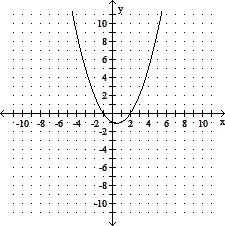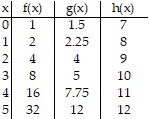Provide an appropriate response.Perform the indicated operations and simplify your answer: 3 - 4
- 4
What will be an ideal response?

You might also like to view...
Solve.For a resistor in a direct current circuit that does not vary its resistance, the power that a resistor must dissipate is directly proportional to the square of the voltage across the resistor. The resistor must dissipate  watt of power when the voltage across the resistor is 7 volts. Find the power that the resistor must dissipate when the voltage across it is 21 volts.
watt of power when the voltage across the resistor is 7 volts. Find the power that the resistor must dissipate when the voltage across it is 21 volts.
A.  watt
watt
B.  watt
watt
C.  watt
watt
D.  watts
watts
You are given a graph of a function of the form f(x) = ax2 + bx + c for different values of a, b, and c. For this function,a. Determine whether the discriminant is positive, negative, or zero.b. Determine if there are 0, 1, or 2 real solutions to f(x) = 0.c. Solve the equation f(x) = 0.
A. a. negative b. 2 c. x = -1, x = -2 B. a. positive b. 2 c. x = 1, x = 2 C. a. zero b. 2 c. x = -1, x = 2 D. a. positive b. 2 c. x = -1, x = 2
Use the quadratic formula to solve the equation.p2 + 5p - 5 = 0
A. 
B. 
C. -5 ± 3
D. 
Provide an appropriate response.The following table has the inputs, x, and the outputs for three functions, f, g, and h. Test the percent change of the outputs to determine which function is exactly exponential, which is approximately exponential, and which is not exponential. 
What will be an ideal response?